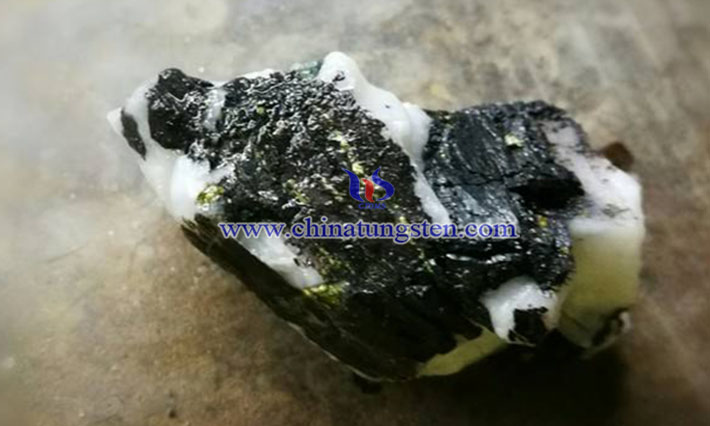Heavy Metal on a Tungsten Basis with High Radiation Absorption Capacity Offers an Alternative to Lead
- Details
- Category: Tungsten Audio
- Published on Tuesday, 26 September 2017 11:31
- Hits: 320
EU Directive 2011/65/EU (RoHS 2) regulates the use of certain hazardous substances in electrical and electronic equipment. Lead, which is often used as radiation shielding or for anti-scatter grids, is ranked at the top of the list, even higher than mercury and cadmium.
The Bavarian company Wolfram Industrie offers an innovative, more environmentally friendly alternative with Triamet, a heavy metal alloy on a tungsten basis: thanks to its specific high density and the resulting radiation absorption capacity, the dimensionally stable product even shields against gamma radiation.
Due to the high melting point of Triamet at more than 1,000°C, which is much higher compared to lead, there is no risk of melting in case of a fire. However, only powder-metallurgical processing is possible due to this special characteristic: for the production of Triamet, tungsten powder is mixed with iron and nickel or copper and nickel powders. Subsequent shaping is either realised hydraulically with binding agents and a press, or isostatically under great pressure of 2,000 to 3,000 bar. The former is suitable for smaller dimensions, the latter for large-scale components.

The density of Triamet is declared at G19 and is about 18.8 ± 0.2 g/cm3. A maximum density of 19.3 can be achieved with pure tungsten – which in fact is about 8 g/cm3 higher than lead. The lower the proportion of the binder phase the higher the density will be.
A mixture of tungsten granulate and epoxy resin is used as a backing material in ultrasound heads (transducers) to minimise interfering acoustic reflections. Here the acoustic impedance of the backing material is increased by adding tungsten. Triamet is used in radiation therapy to shield against hard gamma radiation. Radioactive seeds that are delivered to a tumour and subsequently removed again during HDR brachytherapy can be stored in containers made of Triamet. Shielding phials for radiopharmaceuticals to reduce the radiation exposure of employees constitute another possible application. It is also suitable for isotope containers thanks to its dimensional stability that ensures easy cleaning and sterilisation. Tungsten is atoxic and not environmentally hazardous according to its RoHS conformity, so that no coating is required.
- Tungsten Manufacturer & Supplier, Chinatungsten Online: www.chinatungsten.com
- Tungsten News & Prices of China Tungsten Industry Association: www.ctia.com.cn
- Molybdenum News & Price: news.molybdenum.com.cn
- Tel.: 86 592 5129696; Fax: 86 592 5129797; Email: sales@chinatungsten.com



 sales@chinatungsten.com
sales@chinatungsten.com